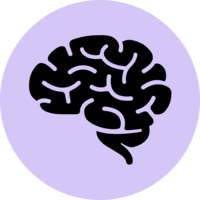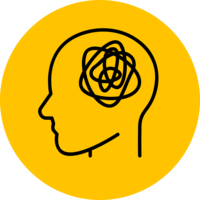New York High-Risk Project (NYHRP)
The NYHRP followed two independent samples (Sample A and Sample B) at high risk for schizophrenia or affective disorders and low-risk controls from childhood to adulthood to identify early predictors of later psychopathology. Both samples included offspring of parents with schizophrenia (high-risk for schizophrenia), the offspring of parents with major affective disorders (high-risk for affective disorder), and offspring of parents free of any psychiatric history (normal control offspring). At-risk children were recruited through their parents, who were identified from admissions at several large New York State psychiatric facilities within a 2-hour drive from New York City (United States of America). Control children were recruited through schools and population sampling. The first sample (Sample A) included 206 children recruited in 1971 and 1972, and the second replication sample (Sample B) included 150 children recruited from 1977 to 1979. Children in both samples were aged 7 to 12 years old and free of intellectual disability and major psychiatric disorders at recruitment. The participants, along with their siblings and parents were followed up six times, approximately 3 years apart, until they were aged 25 to 30 years old.
Study design
Cohort - clinical, Cohort - primary caregiver and child, Cohort
Number of participants at first data collection
206 (Sample A)
150 (Sample B)
Age at first data collection
7 - 12 years (Sample A)
7 - 12 years (Sample B)
Participant year of birth
1959 - 1965 (Sample A)
1965 - 1972 (Sample B)
Participant sex
All
Representative sample at baseline?
No
Sample features
Country
Year of first data collection
1971 (Sample A)
1977 (Sample B)
Primary Institutions
Columbia University
Profile paper DOI
Funders
MacArthur Foundation
National Institute of Mental Health (NIMH)
New York State Office of Mental Health
Scottish Rite
United States Public Health Service (USPHS)
Ongoing?
No
Data types collected




- Audio or visual recordings (e.g. of child behaviour, facial expressions)
- Computer, paper or task testing (e.g. cognitive testing, theory of mind doll task, attention computer tasks)
- Interview – face-to-face
- Interview – phone
- Physical or biological assessment (e.g. blood, saliva, gait, grip strength, anthropometry)
- Secondary data
- Interviews or focus groups
- Electroencephalography (EEG)
- Healthcare data
Engagement
Keywords



